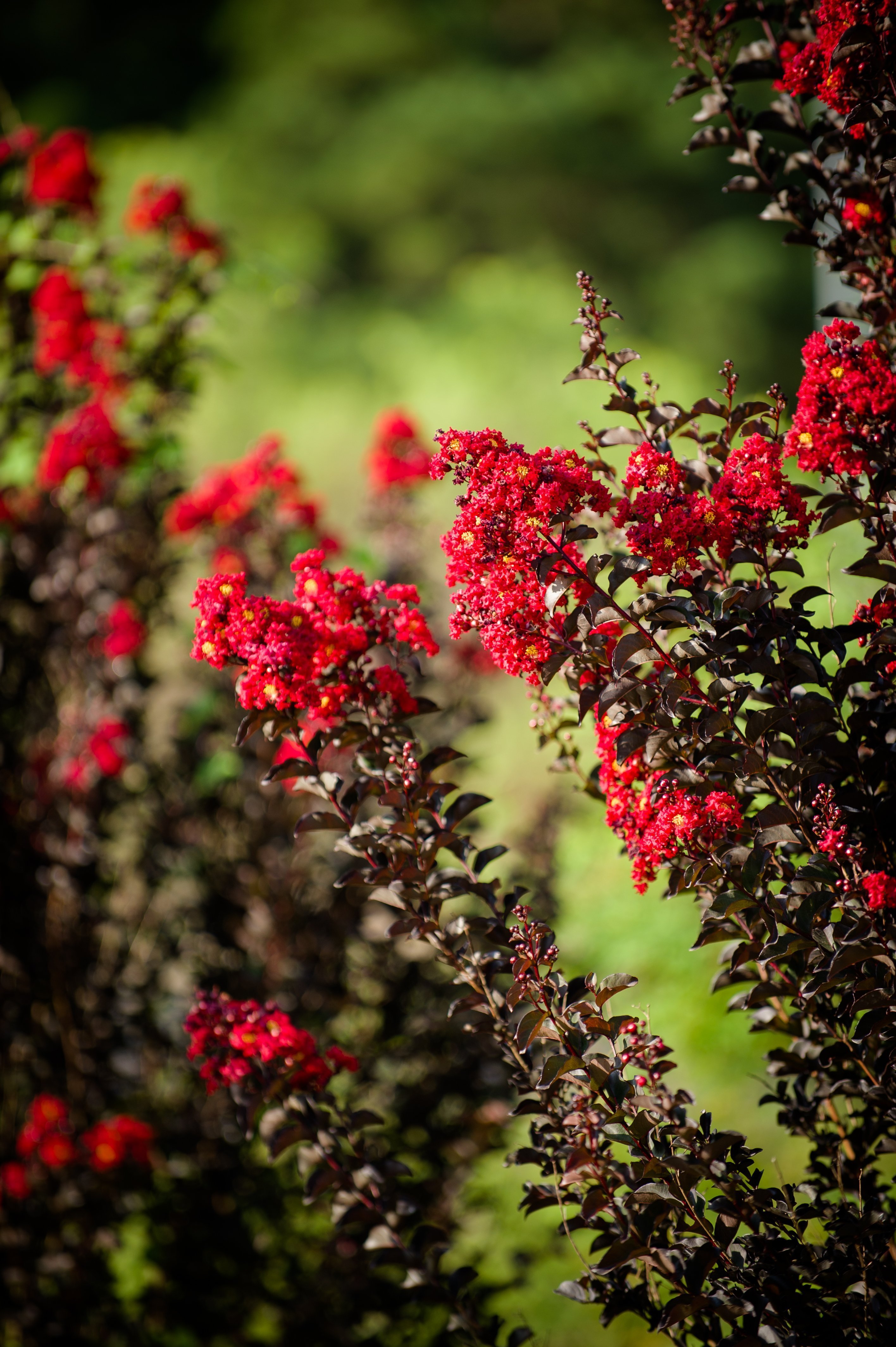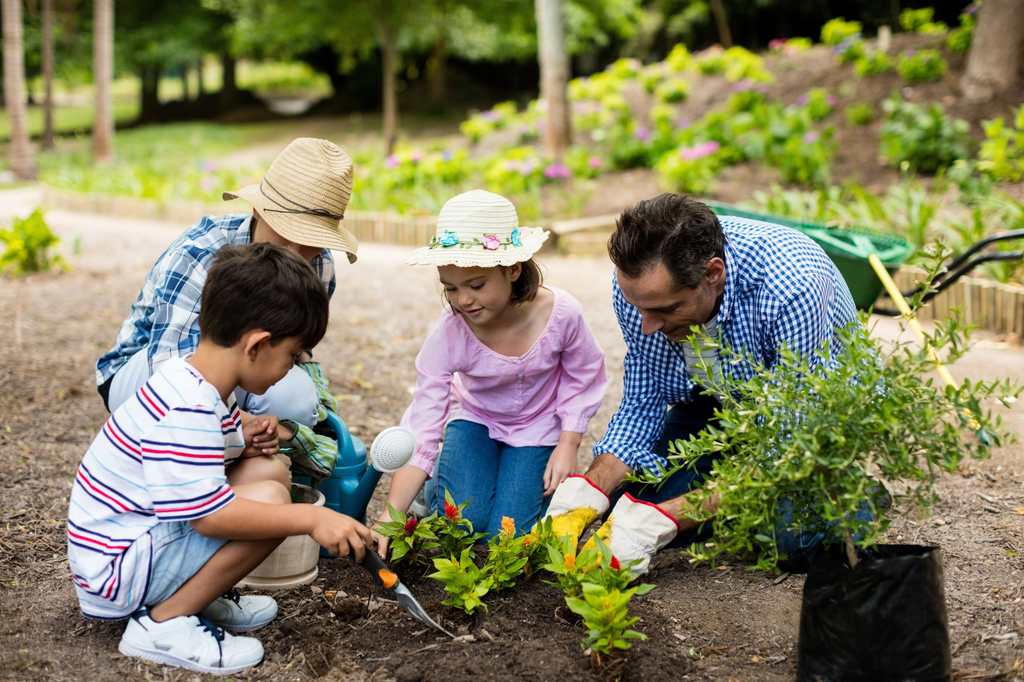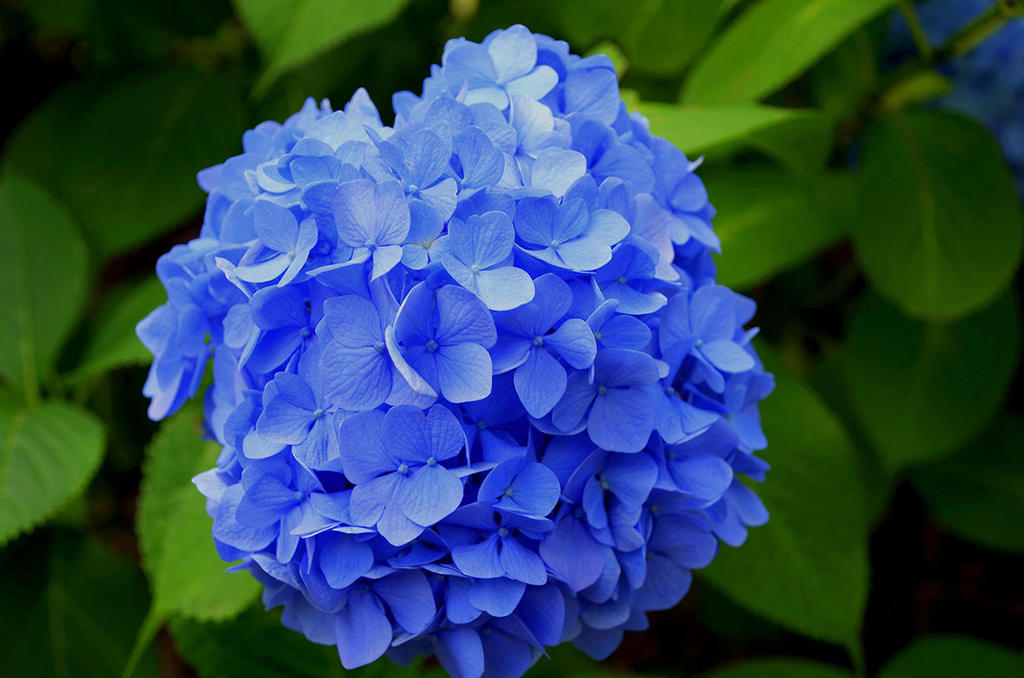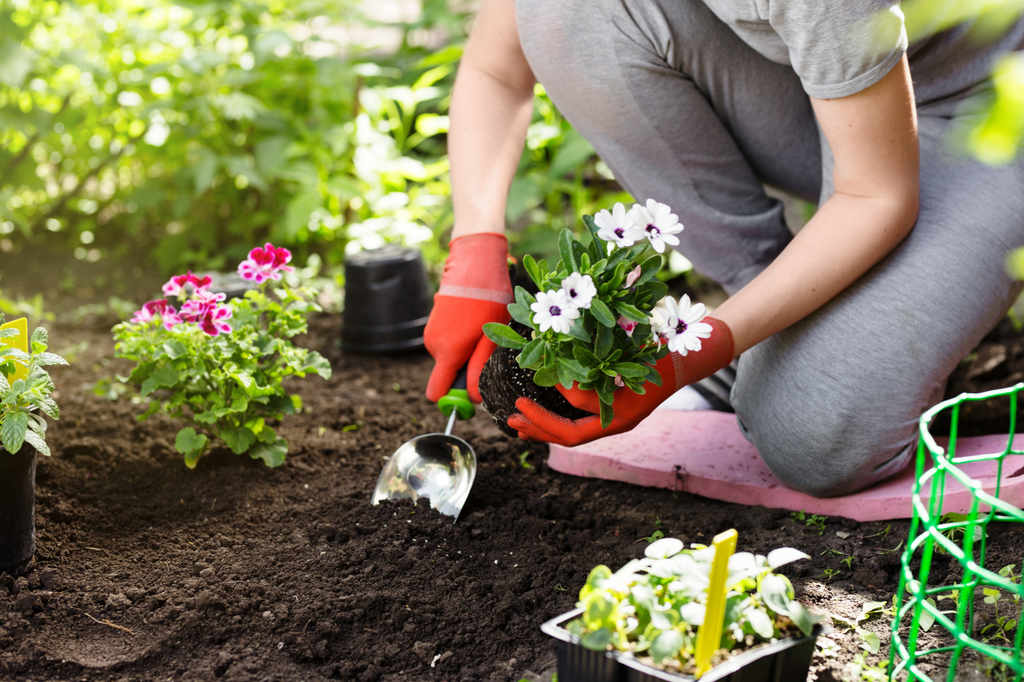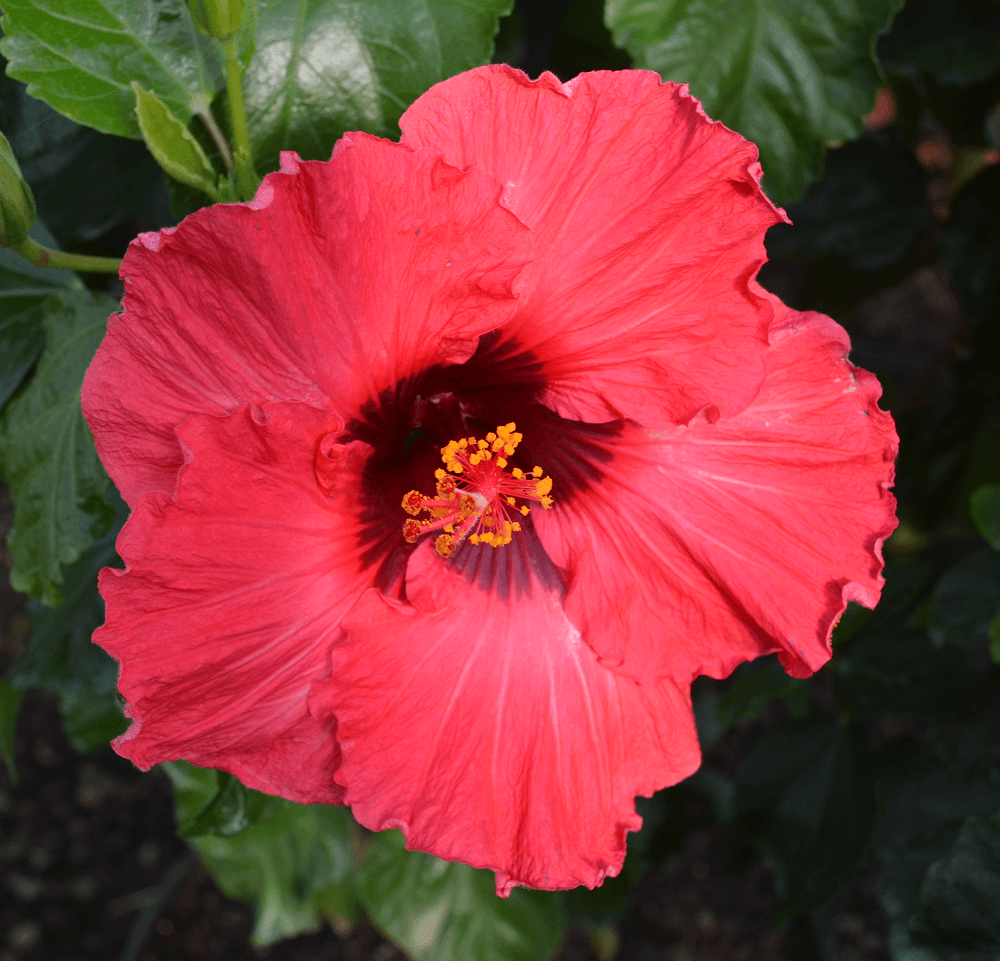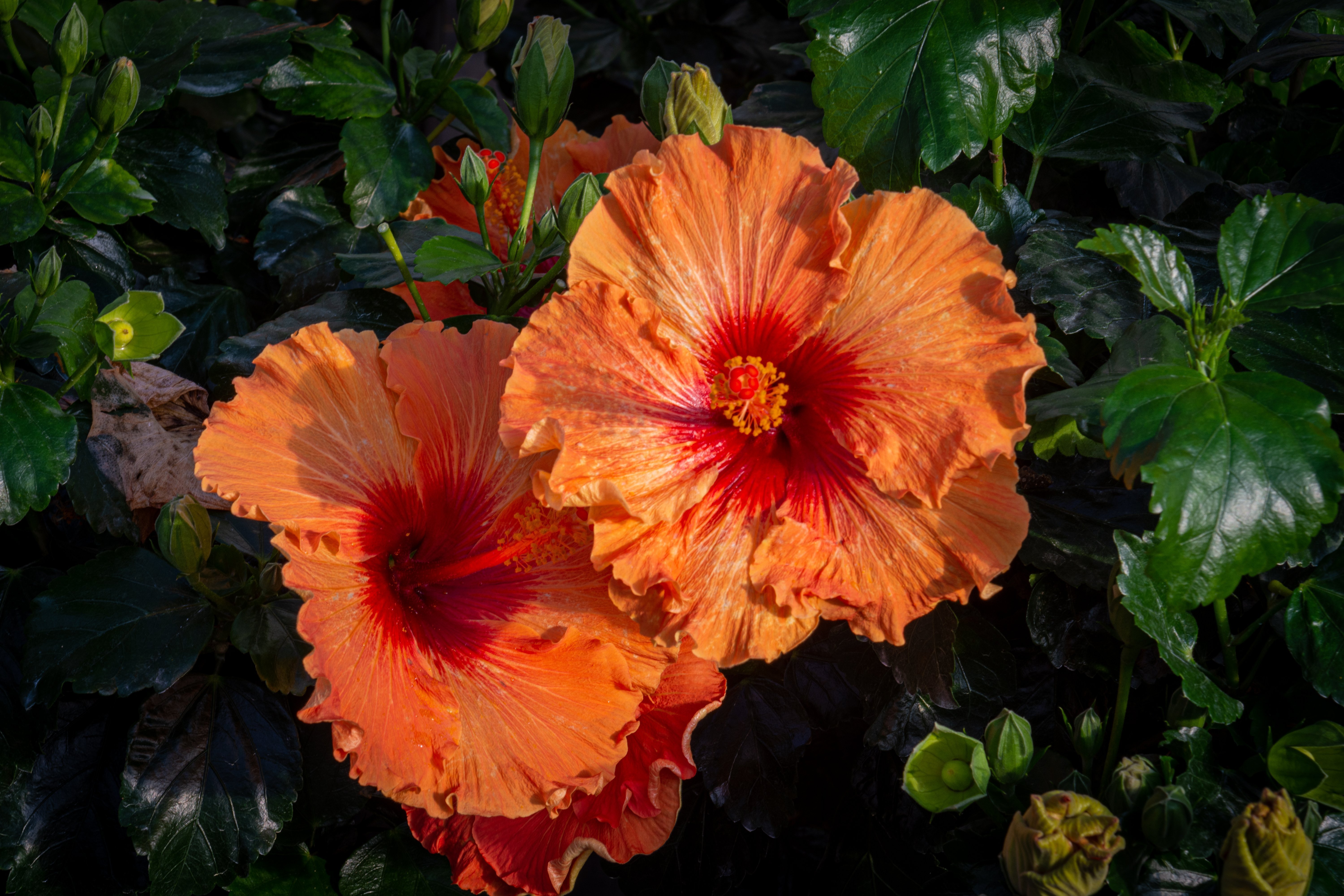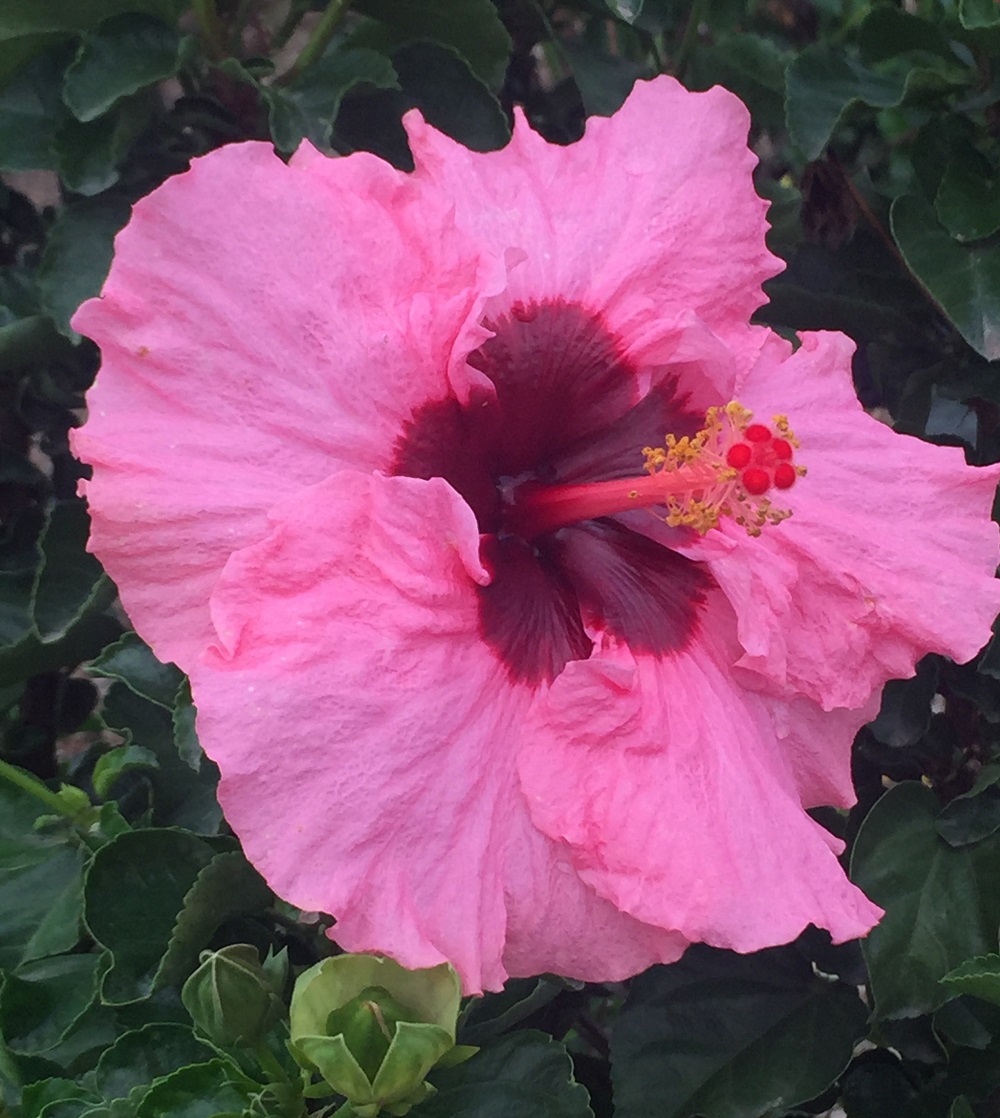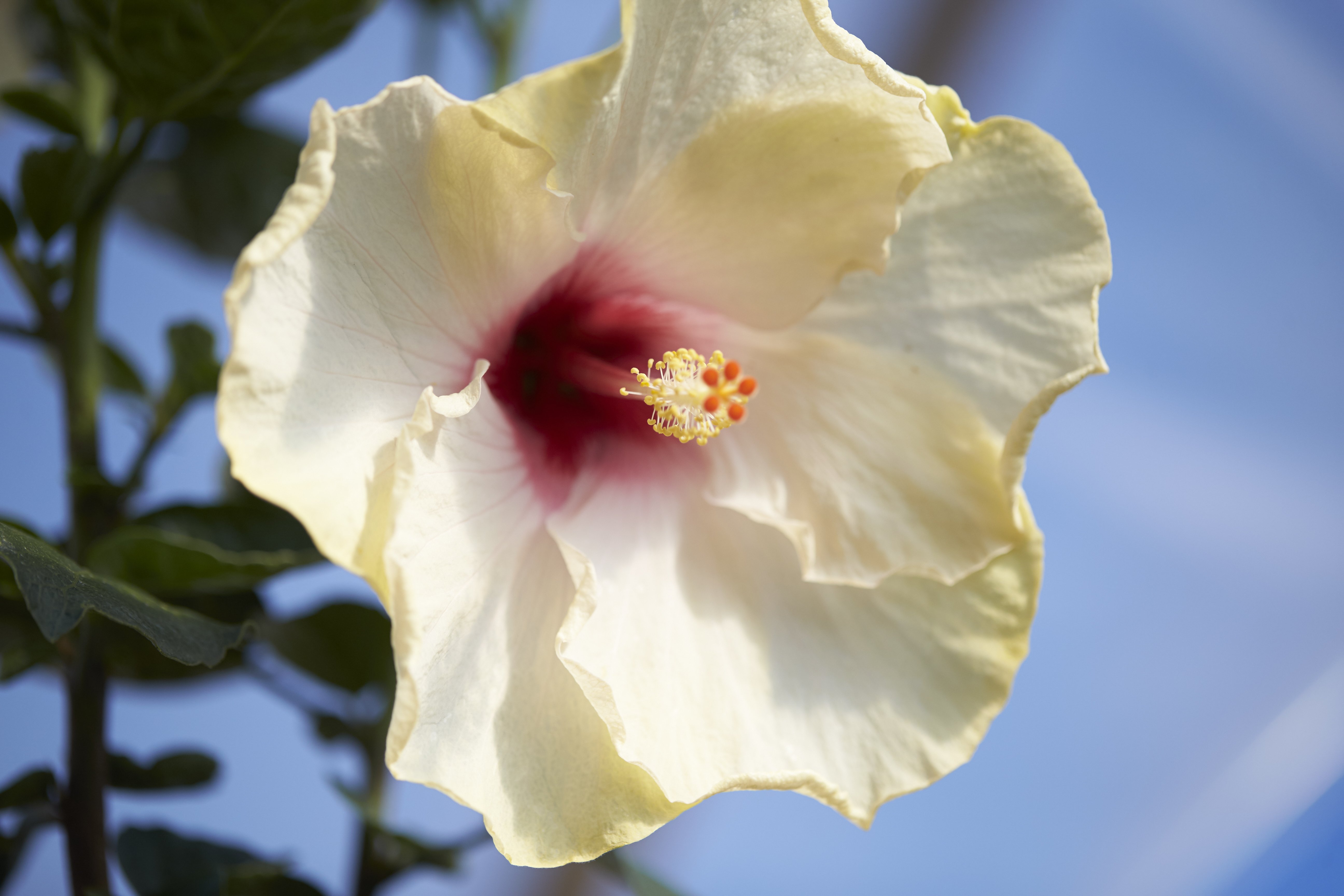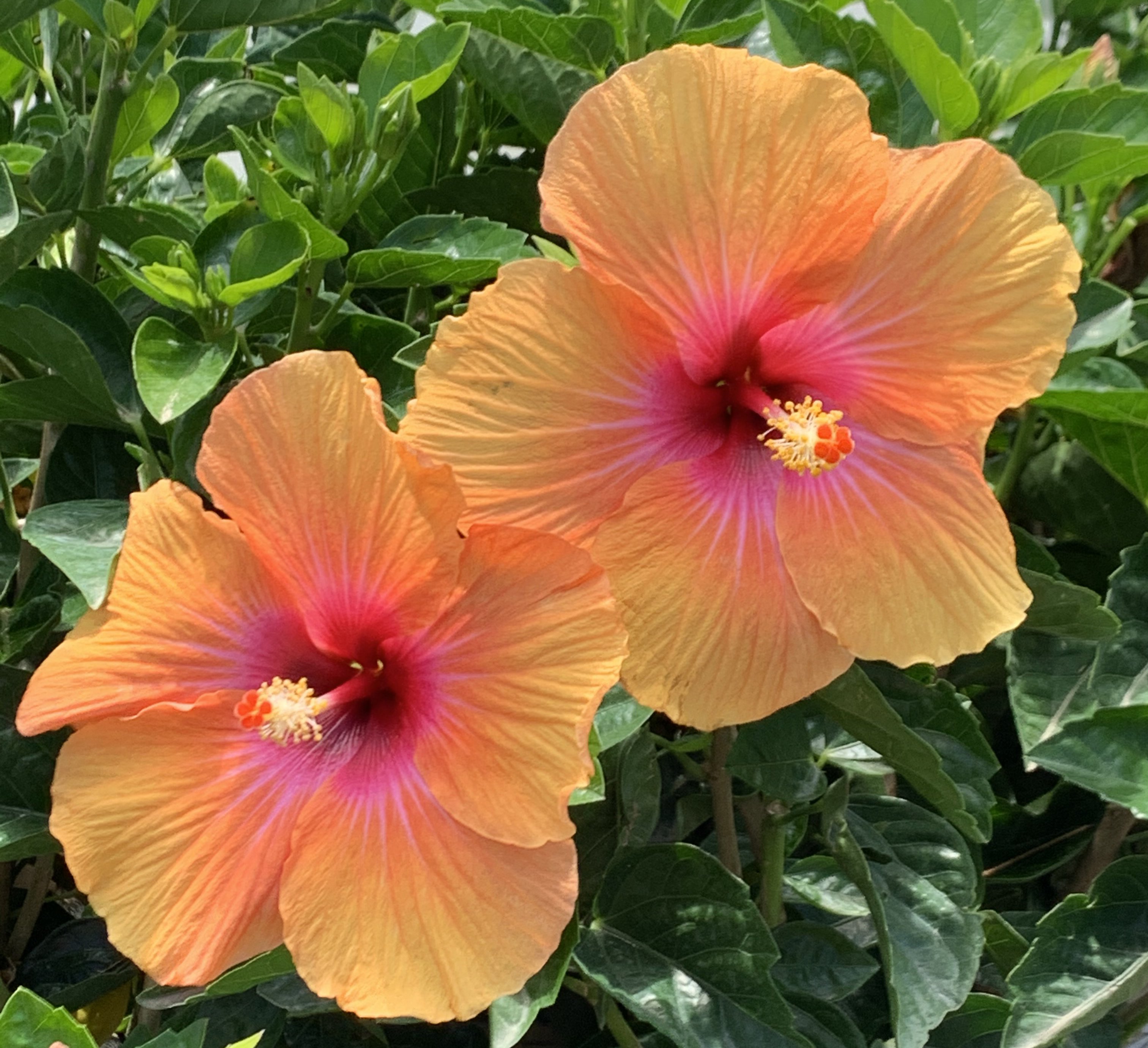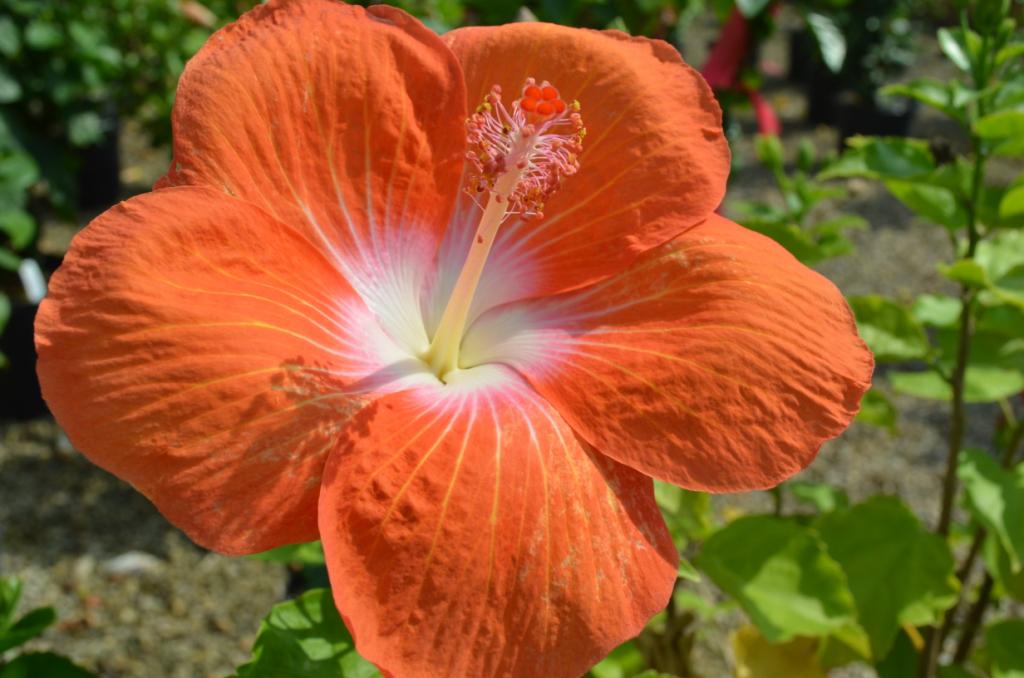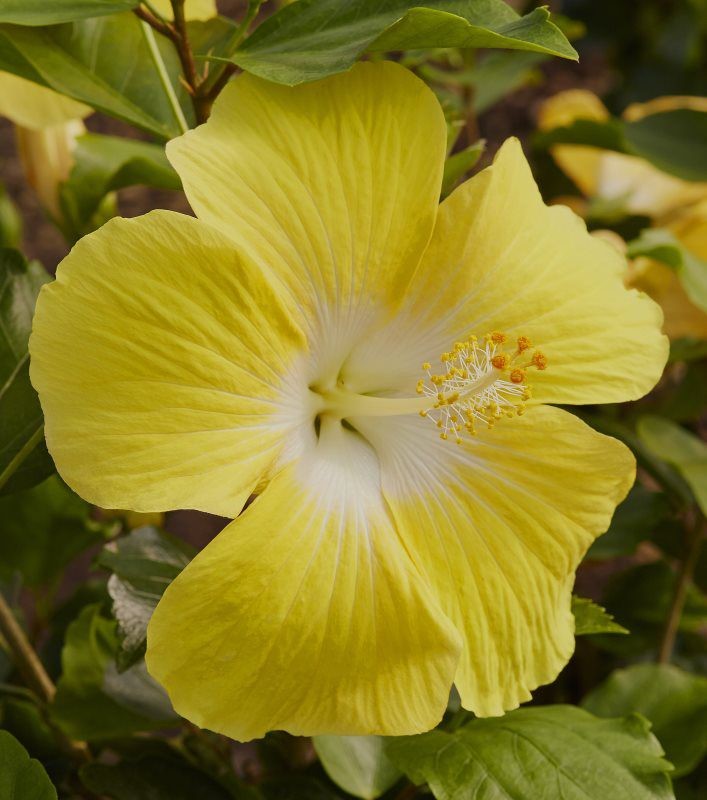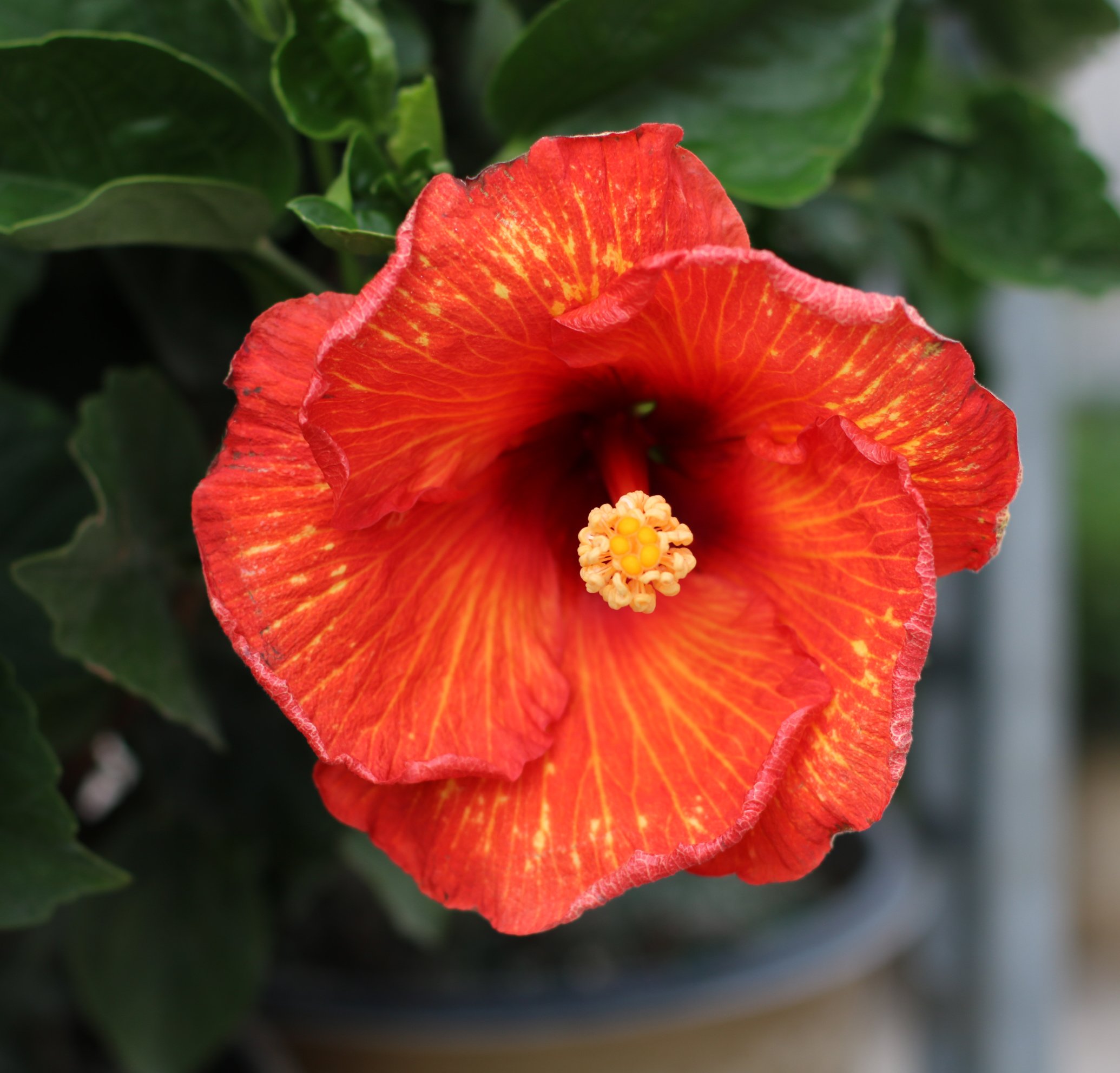By using our website, you agree to the use of cookies as described in our Cookie Policy
A Beginner Gardener's Guide to Flowering Shrub Care
A Beginner Gardener's Guide to Flowering Shrub Care
If you’re looking to create a new landscape, add texture to garden beds, hide an unsightly foundation, or create a beautiful hedge to define property borders, you’ll love the versatility of flowering shrubs.
Flowering shrubs marry practicality with beauty. These woody plants add structure to a garden design, create privacy, brighten garden beds, and may scent walkways with fabulous fragrance, depending on the plant. Plus, flowering shrubs play well with other plants in your garden, adding a pretty backdrop for a layered landscape that includes perennials, bulbs, and annuals. Some flowering shrubs provide winter interest, while others begin blooming in spring.
Evergreen shrub varieties provide color and texture all year long, while deciduous shrubs may offer fabulous flower and colorful foliage that changes with the seasons, depending on the plant. No matter what you’re looking for in the garden, you’ll find a gorgeous flowering shrub to beautify the space.
But how to do you decide which flowering shrub is best for your garden? And once you select the shrubs, how can you ensure they’ll perform well? No worries--we’ve got you covered with simple tips.
Know Your Site
Before you make a list of flowering shrubs to add to your garden, first evaluate your site.
Is your garden space sunny or shady—or somewhere in-between? Take a look at the space at different times throughout the day to determine how much sun your garden receives—and then look at it throughout the year, as sunlight levels change depending on the seasons. A bed surrounded by leafy deciduous trees will provide summer shade, but that same bed may be in full sun in winter/early spring.
While you’re evaluating light, take a soil sample to your local extension agent. By analyzing your soil, you’ll learn its pH, nutrients, and make-up, which will tell you what types of plants will thrive in it—or help you properly amend the soil to prepare it for the flowering shrubs you’d like to grow.
Look also at the size of your space, as well as any structures on the property. Choose flowering shrubs that will perform well in your space without overwhelming small garden beds or pathways. Likewise, petite shrubs may get lost in large landscapes, unless they’re grouped in attractive, layered plantings. However, don’t forget that compact flowering shrubs also make pretty container plants for entryways, patios, or porches.
Pick Your Plants
Once you’ve evaluated your site, the fun begins: it’s time to pick your favorite flowering shrubs, based on their traits. If you love the sweet fragrance of flowers and have a sunny garden bed, shrub roses may be your first choice. If you’re looking for a fragrant, classic flower with gorgeous evergreen foliage to line a walkway, dwarf gardenias may be for you. The possibilities are endless!
Before anything, take a look at the different types of flowering shrubs. You’ll find hundreds of choices. Not only do these shrubs provide you with flowers or fruit, but many also provide benefits for wildlife, such as shelter, food, and a place to raise their young. Some flowering shrubs also make beautiful additions to homegrown bouquets. Make a list of how to want to incorporate flowering shrubs into your landscape, and then do a bit of research to find the plants that will best meet your gardening goals—and that will perform well in your site. (You’ll find detailed information about J. Berry Nursery flowering shrubs on our website, as well as on each plant’s tag when you bring it home.)
Understanding the needs of the type of flowering shrubs you’ve selected will help you provide your plants with the TLC that they need. Consider some of the different types of flowering shrubs available:
- Azalea
- Boxwood
- Gardenia
- Hawthorne
- Holly
- Butterfly bushes
- Vitex
- Wax Myrtle
- Ligustrum
- Loropetalum
- Roses
- Spiraea
- Abelia
- Barberry
Learn all that you can about these different plants, their sunlight needs, recommended soil pH and drainage, nutritional and water needs, as well as pruning information. Explore different flowering shrub colors, in addition to bloom time, to ensure continuous interest throughout the year.
Explore How to Grow Shrubs
Make sure that you plant your shrubs correctly. Understanding the ins and outs of how to plant these shrubs will help you follow the right schedule and get the results that you're looking for.
Start with rich soil that has plenty of nutrients and a healthy pH. Give yourself a few months in advance to test the soil before planting your flowering shrubs. Prepare the bed to remove weeds and rocks, and amend the soil if necessary to allow for good drainage.
Spring and fall planting gives your flowering shrubs plenty of time to acclimate to their new homes before intense temperatures arrive—either the heat of summer or the freeze of winter. Dig a hole about twice as wide as the plant’s nursery pot—but the same depth. Remove the shrub from the pot, loosening the roots with your fingers. Place the shrub in the hole with the top of the root ball level with the soil line, then backfill the hole with the native soil that was removed when digging. Firm the soil into place, and water well. Cover the surrounding soil with a 2 to 3 inch layer of mulch to retain moisture and prevent weeds.
Make sure to water new shrubs regularly during the first year. Water deeply to establish a good root system.
Flowering shrubs planted in containers need more frequent watering, especially during summer’s high heat. Make sure to choose a container with drainage holes.
Give Your Shrubs the Right Nutrients
For flowering shrubs to perform their best, it's vital that you provide your flowering shrubs with the nutrients that they need. Adding compost when planting helps provide good drainage and micronutrients in the soil, but flowering shrubs use a lot of energy to produce blooms. Add a slow-release fertilizer appropriate for the variety of flowering shrub you’ve planted to give them a boost of energy. Plant flowering shrubs in an area that has plenty of access to the sun (or part-sun, depending on the cultivar) so that they can bloom to their full potential.
Savor the Beauty.
One of the best parts of growing flowering shrubs is their low-maintenance, long-lasting beauty. Once established, most flowering shrubs rarely need supplemental watering, unless a long drought ensues. Enjoy the aesthetic appeal flowering shrubs add to your landscape—but don’t forget to also stop and savor the beauty of the blooms as a reward for your efforts.
A Flowering Shrub Guide
These tips will help you learn all you can about flowering shrub care. These tips, along with the watchful eye and skill of a professional can help you make the right decisions for your plant life.
J. Berry Nursery & Genetics can assist you with any sort of care that you need. Use our contact form to reach out to us and browse our inventory of beautiful plants.
‹ Back
Past Performances
These previously shown stars are no longer being grown at our facility

